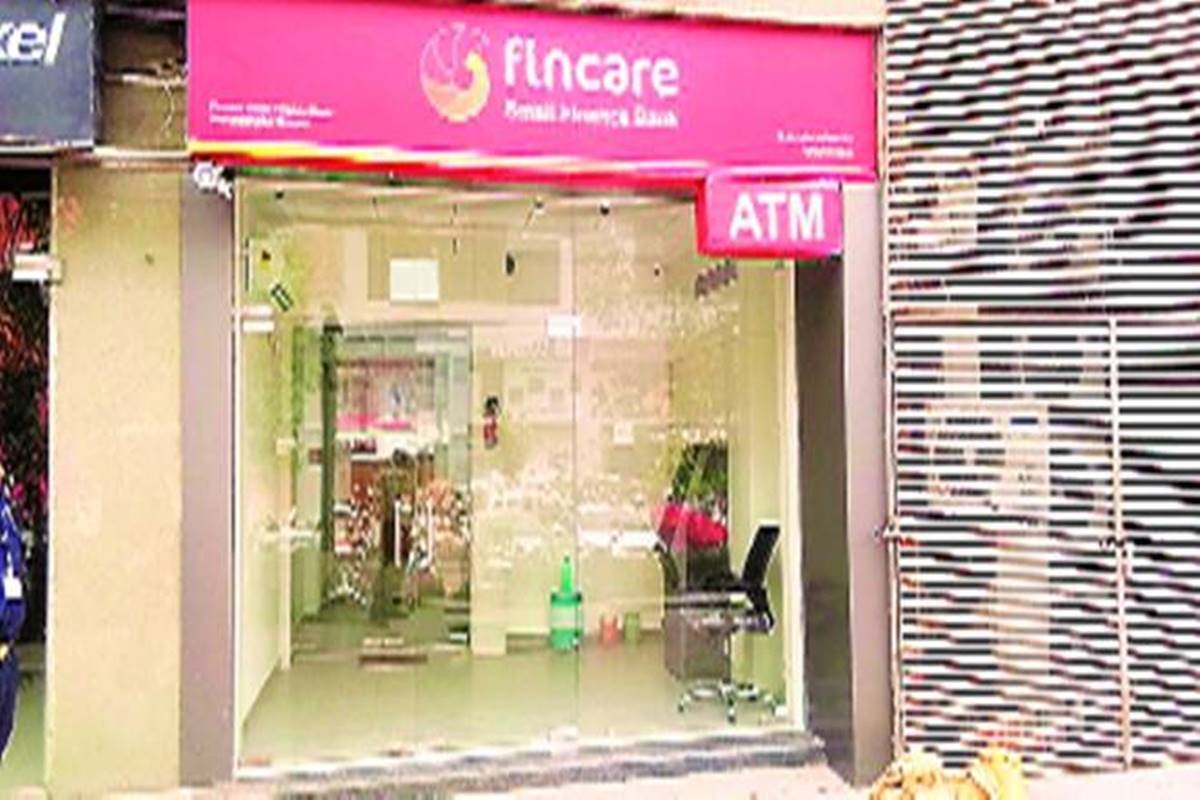 We are not getting too many requests. We are working with customers in our regular collection cycle. We do not have any restructured portfolio in our balance sheet.
We are not getting too many requests. We are working with customers in our regular collection cycle. We do not have any restructured portfolio in our balance sheet. While collections from microfinance and self-employed customers of Fincare Small Finance Bank (SFB) are moving towards normalisation, the bank could see bad loans spiking to 3-5% in FY22 before they ease back to the normal 1% levels, MD & CEO Rajeev Yadav told Shritama Bose. Excerpts:
This was a difficult year for most businesses. How did your business and operations pan out this year?
There are two parts to this. We have to look at it in terms of pre- and post-March. Post-March, we look at growth as one parameter, while the others are portfolio quality, customers and digitisation. In a normal situation, a bank like ours would have had about 40-50% growth in a financial year. NPAs have been about 1% for the last three years and RoEs could be in the range of 20-25%. This year has been hard on everybody, including all customers and employees. Right now, we are in stage two, having moved from survival to normalisation. Starting January or March, we will be in a phase where we’ll benefit from a changed world.
We have not grown significantly in the first six months, but we expect the bank to grow 10-15% in this half of the year. So, the overall growth should be about 15% when we close our March numbers. In terms of portfolio quality, we are now in the mid-nineties in terms of collection efficiencies.
The segmentation and selection of our customers — most of them are in rural or semi-urban areas — have helped collections. Now, we are in the last phase of delinquency management of customers who have not paid us for one to three months. That should last for another three months. Collections are now going towards normalisation.
Looking at your borrowers segment-wise, who are the ones that are financially better off now than in the initial days of Covid and who are the ones with still some way to go?
At a very simplistic level, we have two segments of customers — rural customers who take microfinance loans, and semi-urban customers who take mortgage loans, including LAP, affordable housing and gold. Gold has been a very well-performing segment in the current scenario and we’ll leave that aside.
Microfinance customers in agri and allied services were very early to start normalising because agriculture as a sector grew in Q1 and Q2 for natural reasons. The second segment of customers is constituted of people who run kirana stores, small-time manufacturer and services providers.

That segment has normalised by about 90%. Collection efficiencies are also reflecting that in some of our portfolios. So, small and micro self-employed customers in semi-urban areas are around 90% normalised; microfinance customers in rural areas are about 95-97% normalised.
Are you getting a lot of restructuring requests?
We are not getting too many requests. We are working with customers in our regular collection cycle. We do not have any restructured portfolio in our balance sheet.
What is your asset quality outlook for 2021?
Because of a small segment of our customers who will not be able to pay, there could be NPA accretion. So, our NPA ratio, which has been around 1%, could go up to 3-5% of the portfolio. That will happen in FY22 because there are delinquencies which could become NPAs by February-March onwards. We can expect 2-3% of credit loss from that on the portfolio that we have. The NPA levels of all banks will go up in the short term before they normalise.
Any plans for fund-raising next year?
We keep raising funds through rights issues. We will be doing those exercises over the next six to nine months and then depending on guidelines, we will be chalking out a path for listing of the bank. We have to list the bank by September 2021. We will be working towards that. The amount will depend on how much we raise through rights issues before we get there.
This article is auto-generated by Algorithm Source: www.financialexpress.com



